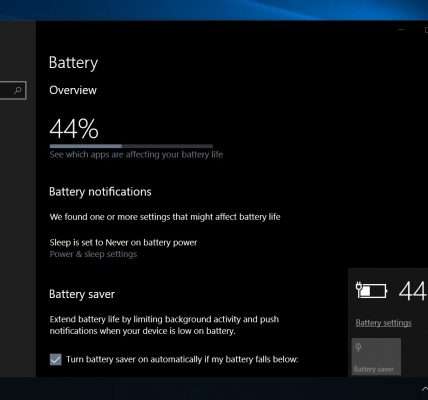The digital marketing landscape is constantly evolving, and to stay ahead, businesses must embrace innovative strategies. One such strategy gaining significant traction and predicted to dominate in 2025 is native advertising. This form of advertising seamlessly integrates with the surrounding content, providing a less intrusive and more engaging experience for users. With consumers becoming increasingly resistant to traditional, disruptive advertising, native advertising offers a compelling alternative, promising higher engagement rates and improved brand perception. It’s a shift towards authenticity and value, prioritizing user experience above all else.
The Rise of Native Advertising
Native advertising is not a new concept, but its sophistication and adoption are rapidly increasing. Several factors are driving this growth:
- Increased Ad Blocking: Consumers are actively blocking disruptive ads, forcing marketers to find alternative ways to reach their target audience.
- Mobile Dominance: Mobile devices are the primary internet access point for many, and native ads are well-suited for mobile environments, providing a seamless user experience within apps and mobile websites.
- Content Overload: With an abundance of content vying for attention, native ads stand out by blending in, capturing user interest without disrupting their browsing experience.
- Improved Targeting: Advanced targeting technologies allow marketers to deliver highly relevant native ads to specific user segments, increasing engagement and conversion rates.
Benefits of Native Advertising
Native advertising offers a range of benefits compared to traditional display advertising:
- Higher Engagement Rates: Native ads typically have significantly higher click-through rates and engagement rates than traditional display ads.
- Improved Brand Perception: By providing valuable content that aligns with user interests, native ads can enhance brand perception and build trust.
- Increased Reach: Native ads can reach a wider audience by appearing on a variety of platforms and within diverse content formats.
- Better ROI: Due to higher engagement rates and improved brand perception, native advertising can deliver a better return on investment compared to other forms of digital advertising.
Examples of Native Advertising
Native advertising comes in various forms. Here are a few common examples:
- In-feed ads: These ads appear within the regular content feed of a website or social media platform. Think sponsored posts on Facebook or promoted tweets on Twitter.
- Recommended content: These are articles or videos that are suggested to the user based on their interests or browsing history. They often appear at the end of articles or on the sidebar of a website.
- Sponsored content: This is content that is created by or on behalf of a brand and published on a third-party website. It is often labeled as “sponsored” or “partner content.”
The Future of Native Advertising in 2025
Looking ahead to 2025, the future of native advertising is bright. Expect to see further advancements in personalization, targeting, and measurement. Artificial intelligence (AI) will play an increasingly important role in optimizing native ad campaigns and delivering highly relevant content to users. Also, interactive native ads will become more prevalent, offering users engaging experiences that go beyond simply clicking on a link. The focus will be on creating truly valuable and meaningful experiences for users, blurring the lines between advertising and content.
Challenges and Considerations
Despite its many benefits, native advertising also presents some challenges:
- Transparency: It is crucial to clearly label native ads as advertising to maintain transparency and avoid misleading users.
- Quality Control: The quality of native ad content must be high to avoid damaging brand reputation.
- Measurement: Accurately measuring the effectiveness of native ad campaigns can be challenging, requiring sophisticated analytics and attribution models.
FAQ: Native Advertising
Here are some frequently asked questions about native advertising:
- What is native advertising? Native advertising is a form of advertising that blends seamlessly with the surrounding content.
- Why is native advertising effective? It’s effective because it’s less intrusive and more engaging than traditional advertising.
- What are the different types of native advertising? Common types include in-feed ads, recommended content, and sponsored content.
- How can I measure the success of my native advertising campaigns? You can measure success by tracking metrics such as click-through rates, engagement rates, and conversion rates.

